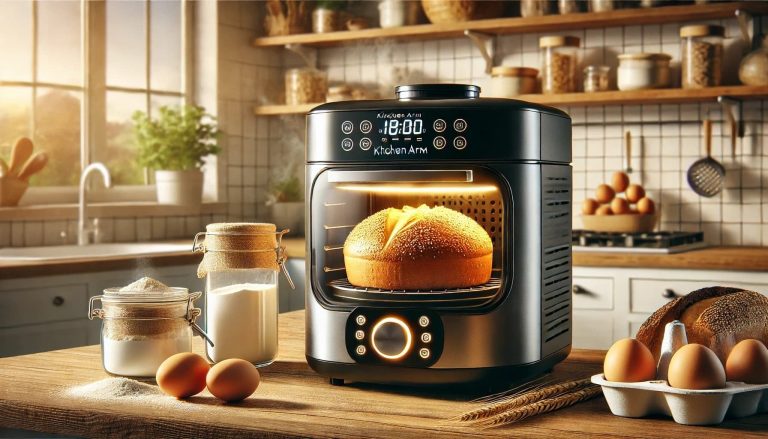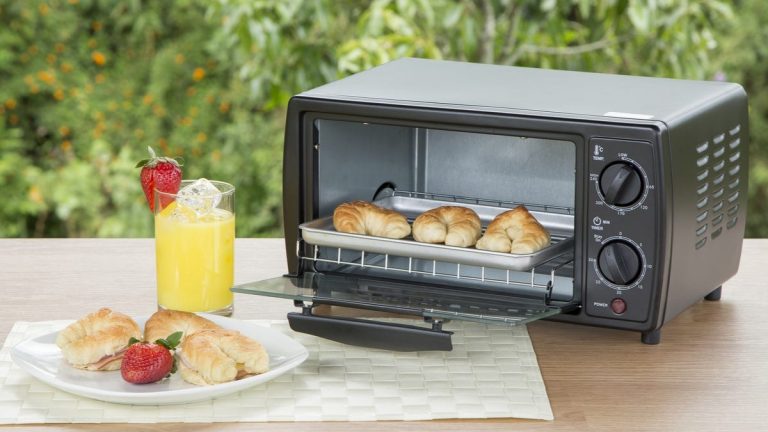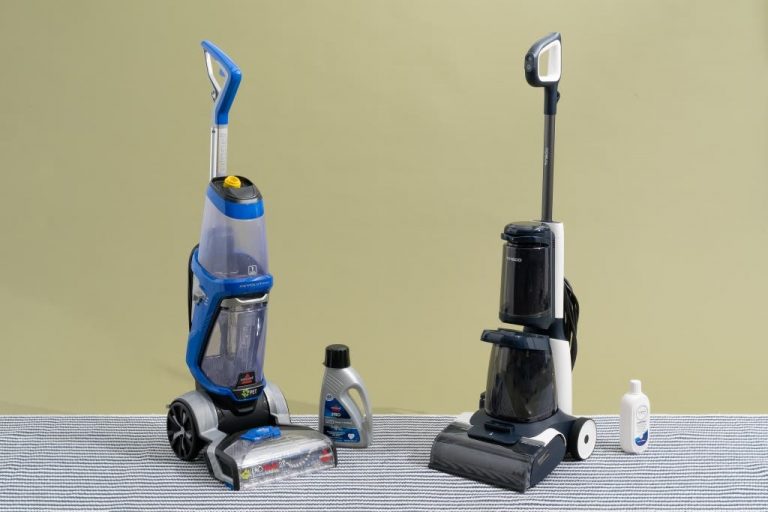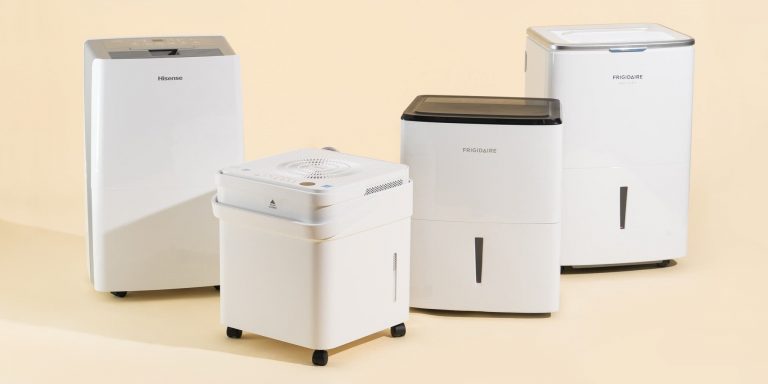10 Best Pan Sets
Our experts will assist you in selecting the best product for your needs. Find the perfect Pan Sets with the help of our unbiased professional evaluations and data-driven buying suggestions. At Buyers Expert, we’re here to help you choose the best Pan Sets that suit your preferences and budget.
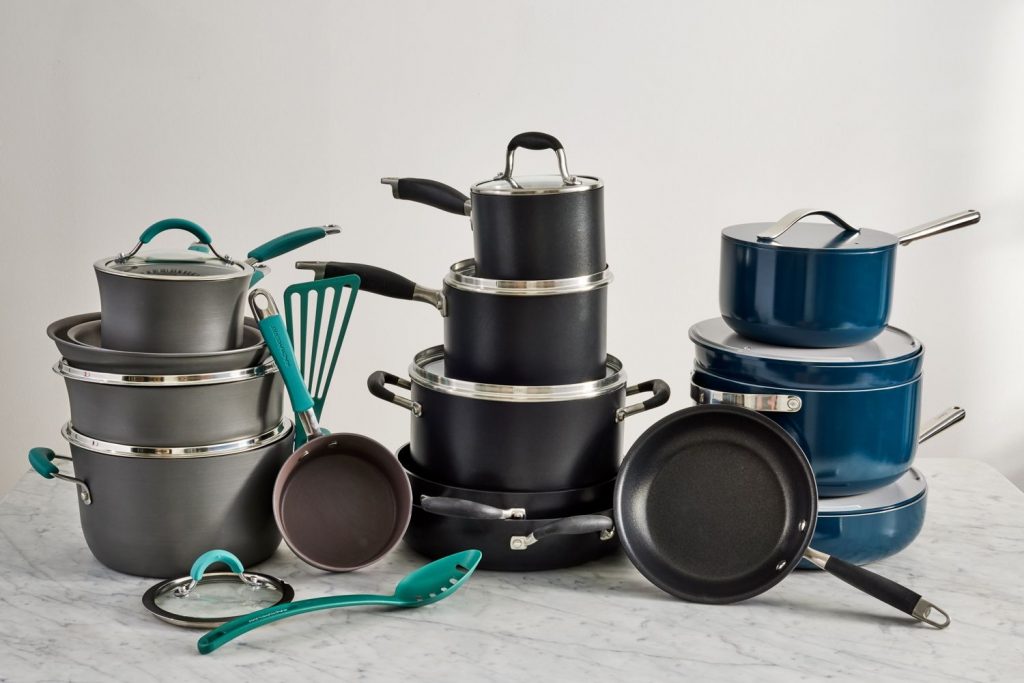
| Image | Product | Rating | Price |
|
Our Pick
1

|
T-fal E765SEFA Hard Anodized Cookware Set, Nonstick Pots and Pans Set |
9.9
|
|
|
2
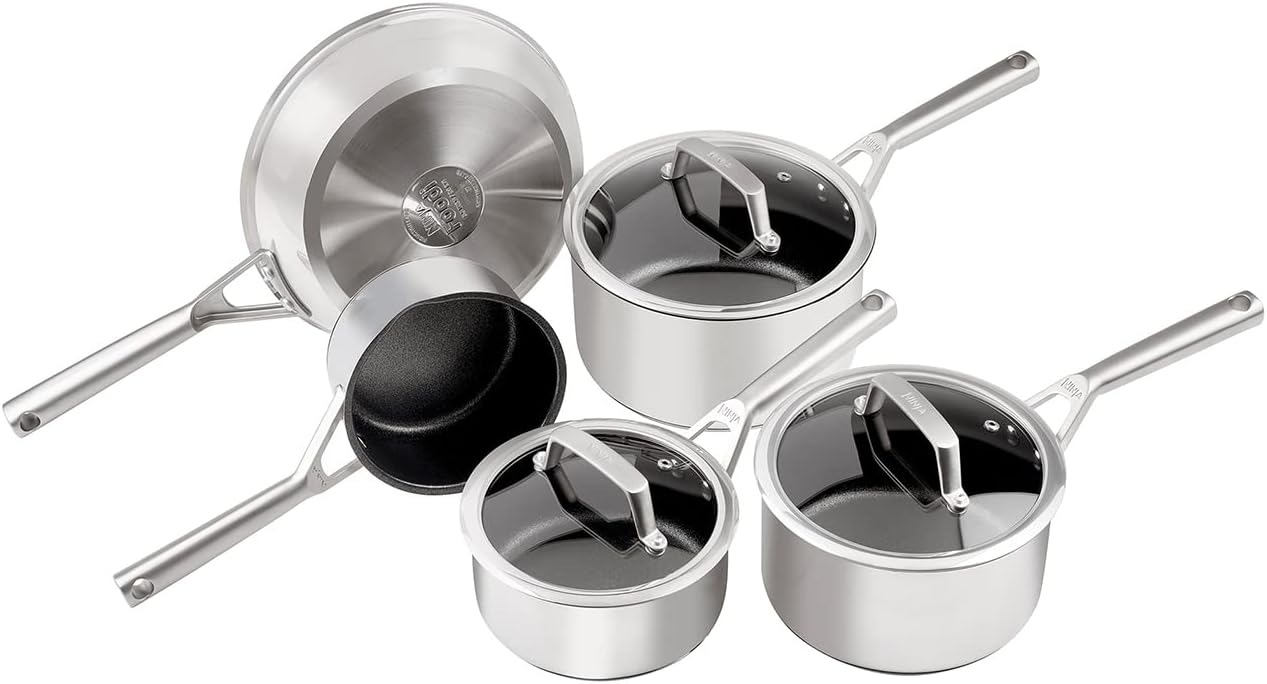
|
Ninja ZEROSTICK 5-Piece Pan Set, Long Lasting Non Stick |
9.8
|
|
|
3

|
Tower T80303 Cerasure 5 Piece Pan Set with Non-Stick Coating |
9.7
|
|
|
4
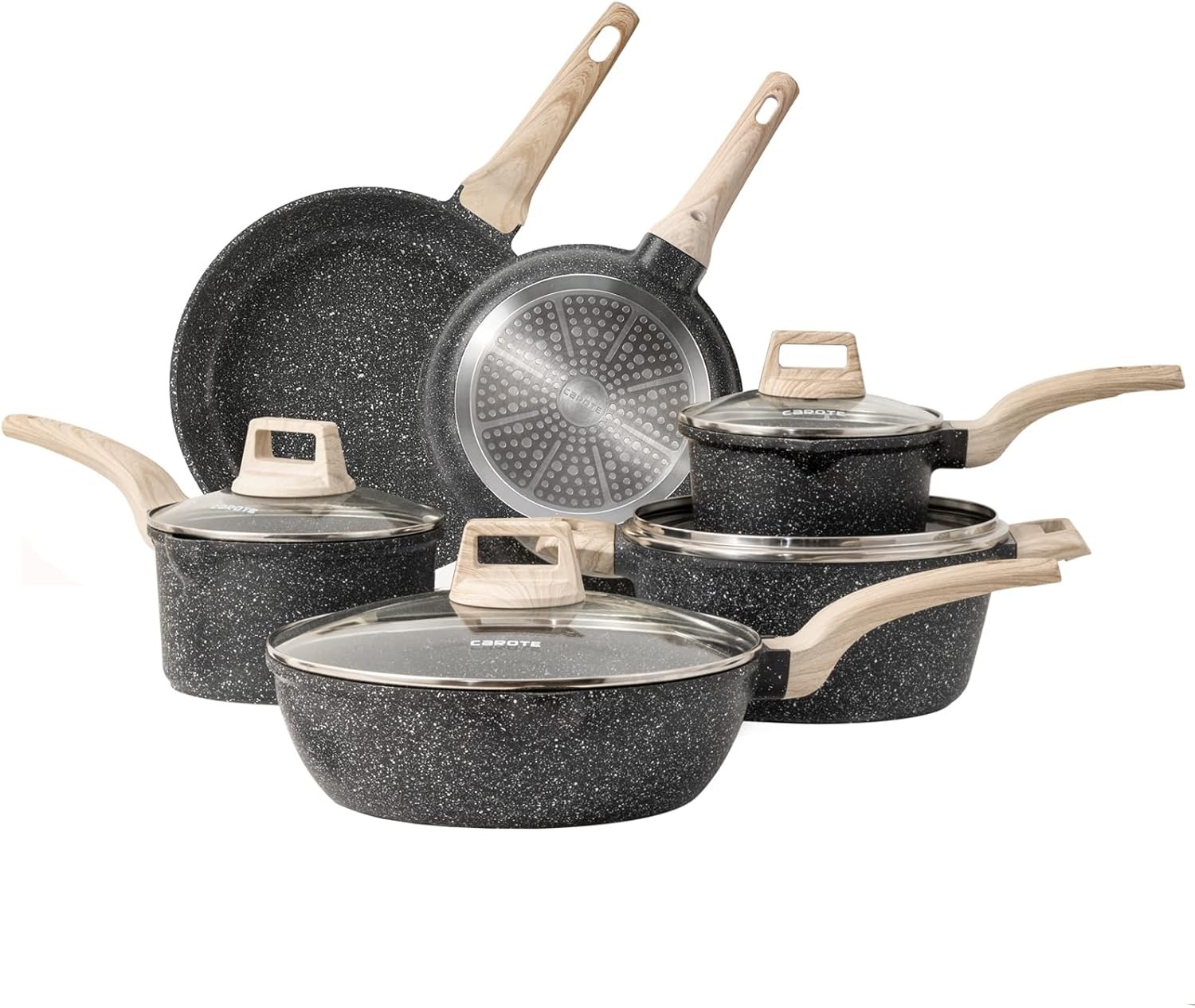
|
CAROTE Nonstick Pots and Pans Set |
9.5
|
|
|
5

|
Tower Cerastone T81276 Forged 5 Piece Pan Set |
9.4
|
|
|
6
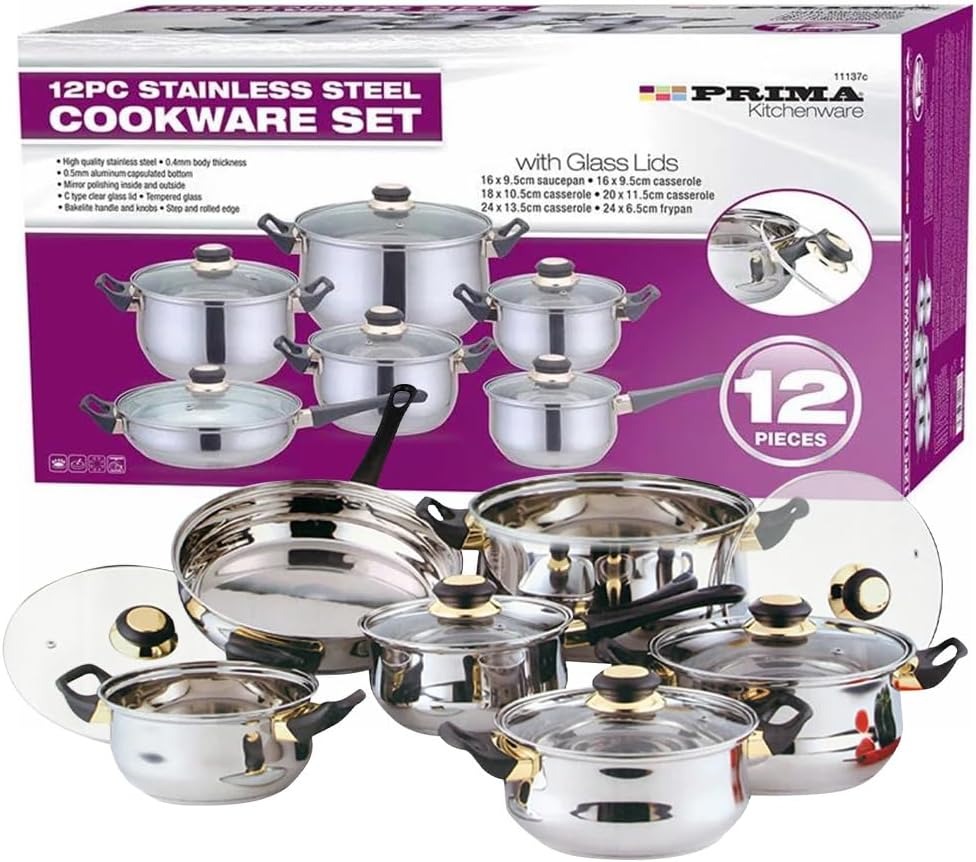
|
12PC Cookware Set – Saucepan, Frying Pan Pot & Casserole Stainless Steel Cookware |
9.2
|
|
|
7
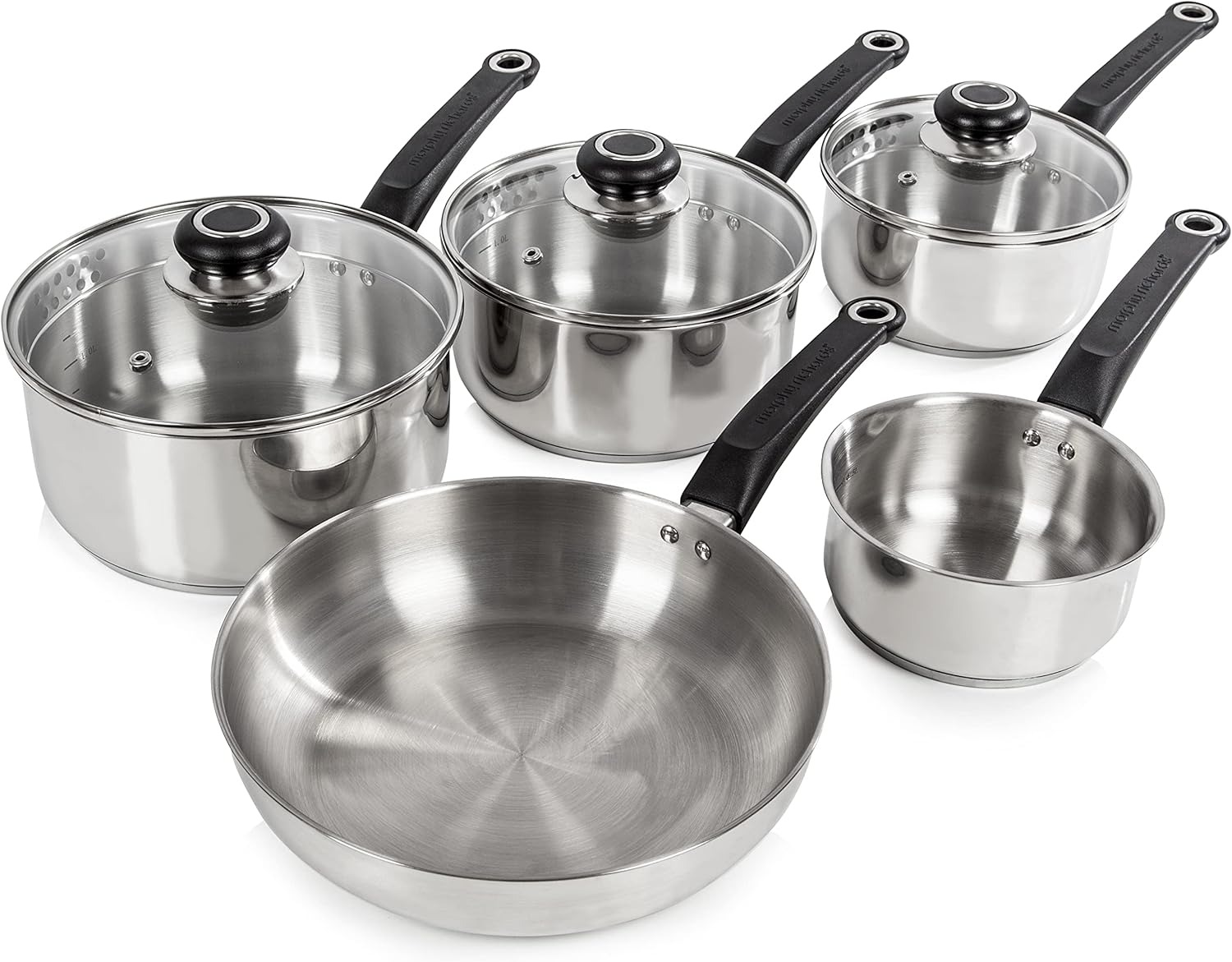
|
Morphy Richards 970002 Induction Frying Pan and Saucepan Set With Lids |
9.1
|
|
|
8
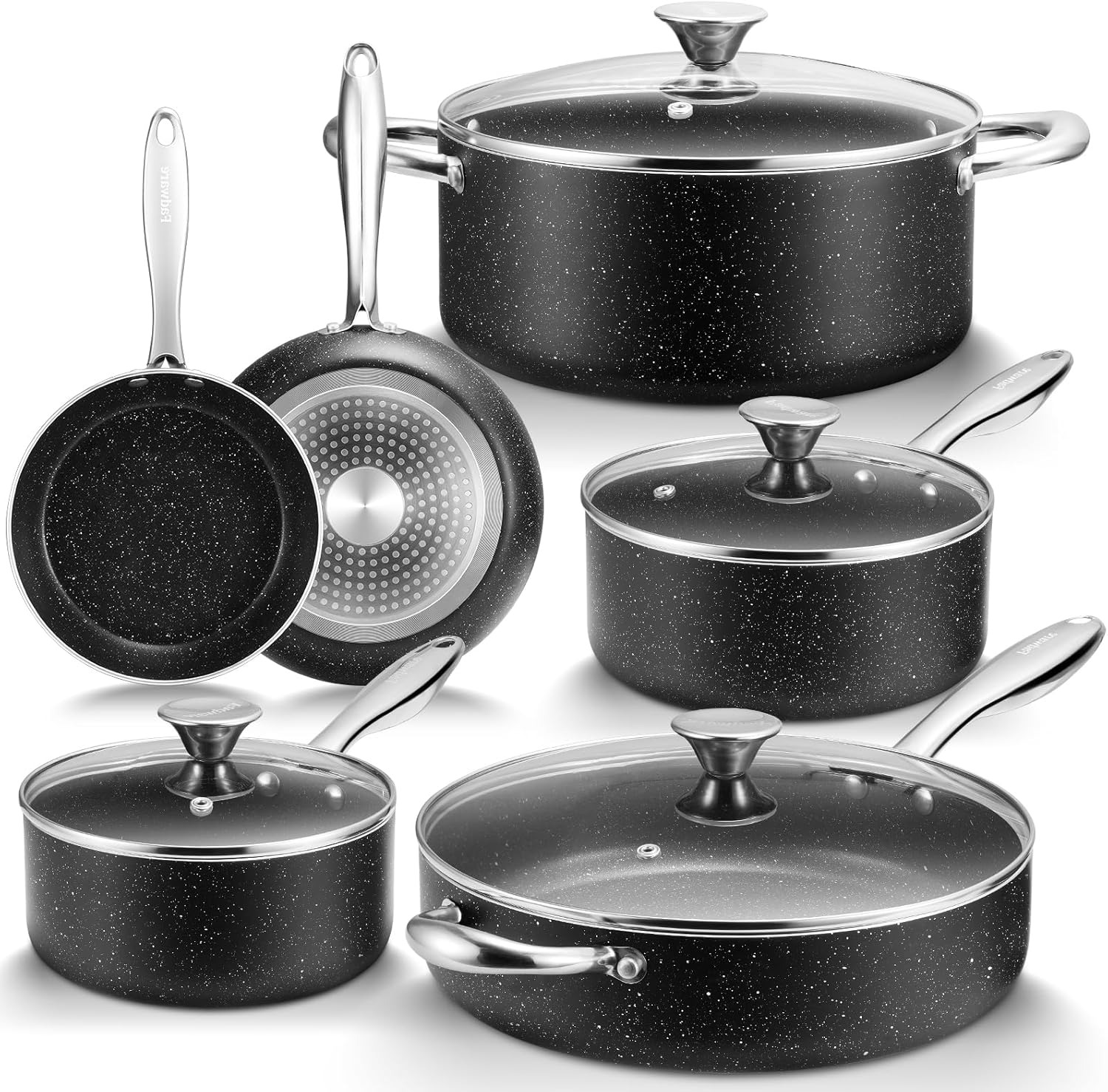
|
Nonstick Pots and Pans Set 10pcs, Induction hob Pan Set |
8.9
|
|
|
9
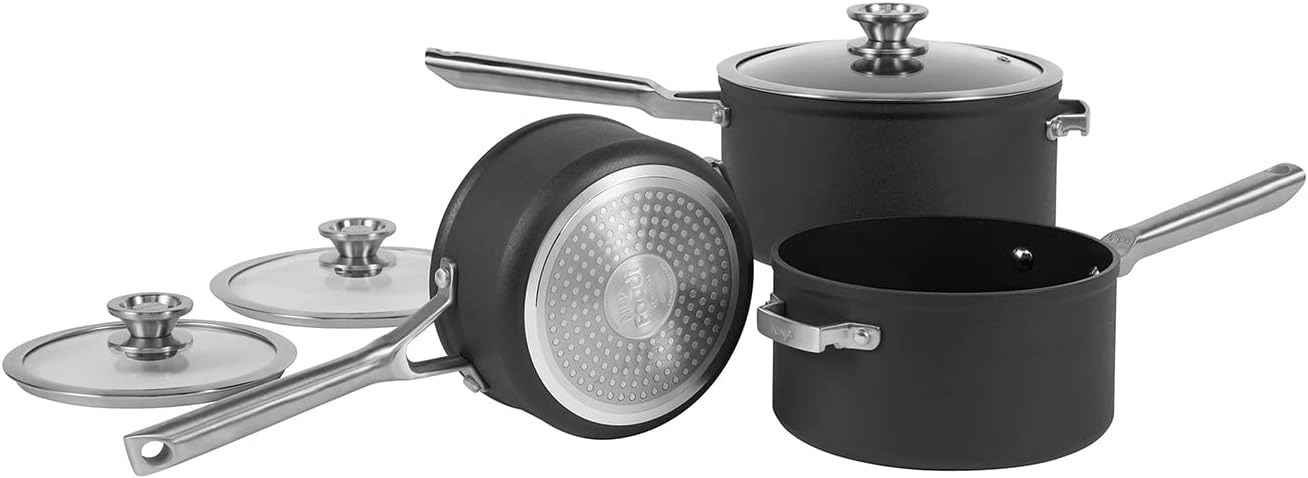
|
Ninja ZEROSTICK Stackable Cookware 3-Piece Pan Set |
8.8
|
|
|
10
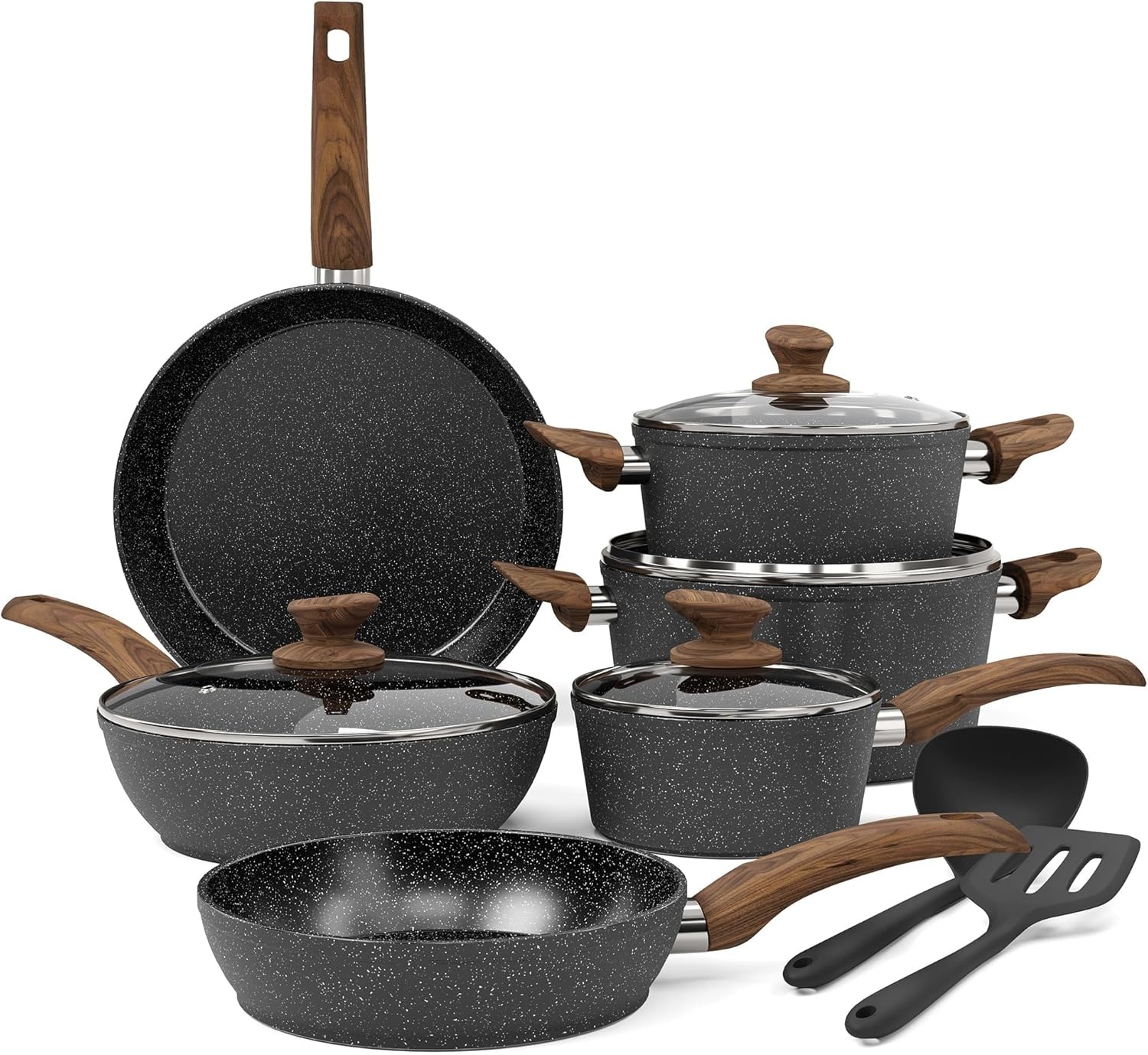
|
Kitchen Academy Induction Hob Pots and Pans Set |
8.5
|
What Are Pan Sets?
A pan set is a collection of cookware that includes multiple pieces designed to handle various cooking methods. These sets typically consist of essential pans such as frying pans, saucepans, sauté pans, and sometimes specialized pans like woks or stockpots. A well-rounded set provides the versatility to cook a wide range of dishes, from searing steaks and frying eggs to simmering soups or sauces.
Types of Pans in a Set
- Frying Pans / Skillets:
- Purpose: Frying pans, also known as skillets, are the most versatile pans. They feature a flat bottom and slightly raised sides, making them ideal for frying, sautéing, and searing. They can be used for cooking a variety of foods such as eggs, pancakes, vegetables, and meats.
- Sizes: Frying pans typically come in sizes ranging from 8 inches to 12 inches in diameter, with larger sizes suitable for family-sized meals or larger portions.
- Sauce Pans:
- Purpose: A saucepan is a deep, typically smaller pan used for simmering, boiling, and preparing sauces. The tall sides prevent splattering, making it perfect for cooking liquids.
- Sizes: Saucepans are commonly available in sizes ranging from 1 to 4 quarts. A set may include one or more sizes for different cooking tasks.
- Sauté Pans:
- Purpose: Similar to frying pans, sauté pans have a wider surface and taller sides, often with a lid. They are great for sautéing vegetables, searing meats, and making sauces.
- Sizes: Most sauté pans are between 3 and 5 quarts in size, providing more room for food to move around.
- Stock Pots:
- Purpose: Stock pots are large, deep pots used for cooking soups, stews, boiling pasta, or making stock. They typically come with a lid and are essential for making large batches of food.
- Sizes: Stock pots can range from 6 to 12 quarts or more, depending on your needs.
- Griddle Pans:
- Purpose: Griddles are flat, wide pans often used for making pancakes, grilled sandwiches, and cooking large portions of food at once. Some pan sets may include a griddle that fits over two burners for more cooking space.
- Sizes: Griddle pans can range from 10 inches to 20 inches, providing ample space for large meals.
- Woks:
- Purpose: Woks are round-bottomed pans ideal for stir-frying, deep-frying, and steaming. While not always included in standard pan sets, they are a great addition for those who love Asian cuisine.
- Sizes: Woks are usually between 10 and 14 inches in diameter, with larger sizes ideal for cooking stir-fries or other dishes that require high heat.
Materials Used in Pan Sets
The material of your pan set plays a significant role in its performance, durability, and ease of maintenance. Here are some of the most common materials:
- Stainless Steel:
- Advantages: Stainless steel is durable, resistant to rust, and non-reactive, making it perfect for high-heat cooking. It also provides excellent heat distribution when combined with aluminum or copper bases.
- Best For: Searing, browning, and deglazing.
- Care: Stainless steel requires occasional polishing to maintain its shine and can discolor if not cleaned properly.
- Non-Stick:
- Advantages: Non-stick pans are easy to clean, require less oil, and provide excellent food release. These are ideal for cooking delicate foods like eggs, fish, and pancakes.
- Best For: Low-fat cooking, quick cleanup, and preventing food from sticking.
- Care: Non-stick pans need to be handled carefully to avoid scratching the coating. Use only wooden, silicone, or plastic utensils to prevent damage.
- Cast Iron:
- Advantages: Cast iron is known for its excellent heat retention and even heat distribution. It is perfect for slow cooking, roasting, and baking. Over time, cast iron pans develop a natural non-stick surface through seasoning.
- Best For: Searing, frying, and slow cooking.
- Care: Cast iron requires regular seasoning to maintain its non-stick surface and prevent rusting. It should be cleaned and dried thoroughly after use to avoid corrosion.
- Copper:
- Advantages: Copper provides precise heat control and excellent conductivity, making it ideal for delicate dishes and professional-level cooking.
- Best For: Temperature-sensitive cooking tasks such as making sauces or candies.
- Care: Copper pans require polishing to maintain their shine. They may also need to be re-tinned over time if lined with tin.
- Aluminum:
- Advantages: Aluminum pans are lightweight, affordable, and heat up quickly. They are often used in budget-friendly pan sets.
- Best For: Everyday cooking tasks such as frying and sautéing.
- Care: Aluminum can be prone to scratching and denting, but anodized versions are more durable and resistant to corrosion.
- Enamel-Coated Cast Iron:
- Advantages: These combine the heat retention properties of cast iron with the easy-to-clean benefits of enamel coating. They don’t require seasoning and are resistant to rust.
- Best For: Slow cooking, braising, and roasting.
- Care: Enamel-coated cast iron is easier to maintain than traditional cast iron but should be handled carefully to avoid chipping the enamel.
Key Factors to Consider When Choosing a Pan Set
- Cooking Needs: Consider what types of dishes you cook most often. If you frequently sauté or sear meats, a set with a large skillet or sauté pan will be essential. If you often make soups or stews, a stockpot will be important.
- Material Preferences: Choose materials that align with your cooking style and maintenance preferences. Non-stick is great for easy cleanup, while stainless steel or cast iron may be better for durability and even heat distribution.
- Budget: Pan sets come in a wide range of prices. While high-end sets may offer superior performance, there are also budget-friendly options that perform well for everyday cooking.
- Size and Versatility: Make sure the set includes a variety of sizes that suit your cooking needs. A well-rounded set should have pans in different sizes to handle both small meals and large family dinners.
- Durability: Investing in a high-quality pan set ensures long-term durability. Look for sets made from robust materials that can withstand regular use without showing signs of wear.
Conclusion
A good pan set is a kitchen essential that can make cooking easier, more enjoyable, and more efficient. By selecting a set with the right combination of materials and sizes, you’ll have the versatility to tackle a wide variety of cooking tasks. Whether you’re frying, sautéing, or simmering, having a well-rounded pan set ensures you always have the right tool for the job.
Advertising Disclosure: The buyersexpert.co.uk's users back the website. An affiliate commission may be paid to us if you purchase any of the items that are promoted on our website.

